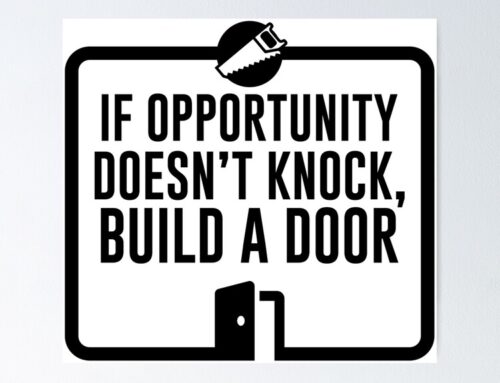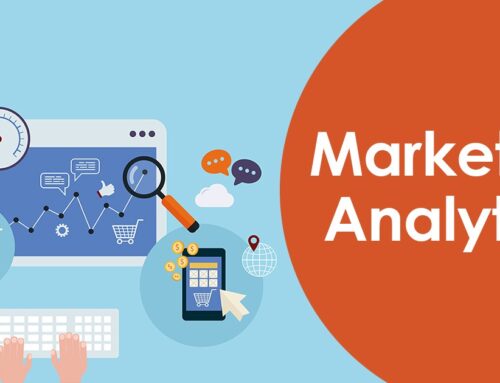Direct Mail Campaigns Predictive Modeling Techniques

Predictive modeling can boost your bottom line by allowing you to assign every customer a specialized customer category based in a specialized model – predicting the likelihood of the customer to take certain action. This may sound really hard, but in reality, it’s not. Stay with me…more on that later. Promise!
Creating the Model
There are four steps required in creating a predictive model, which determines the probability of certain events based on a target. Variable factors, which are the building blocks of your predictive model, include information like customer age, favorite color, how often they purchase, how many times they’ve frequented your business in the last year, for example. Let’s suppose you wanted to predict the likelihood of a customer visiting your store 5 times in the next 12 months, here’s how you’d proceed:
1. Prepare Your Data
Good data preparation is key. Data may be broken down into categories, such as:
- Demographics: age, gender, income, or marital status.
- Financial variables: income, or property ownership.
- Geographic variables: zip code, region, climate.
- Psychographic segmentation: lifestyle, personality values.
- Behavioral segmentation: brand loyalty, benefits sought, ready-to-buy stage.
- Past business history: total amount of previous purchases, responsiveness to marketing campaigns, returns.
Once categories are determined, data can be pulled from a database, where it will be organized and formatted.
2. Set Your Target
Your target, in this scenario, is customers who will visit your store five times in the next twelve months.
3. Determine the Most Important Variable Factors
Depending on the software you use to create your predictive model, you may have to use your judgment to determine the most important variables, or the software may tell you. Some software even gives you both options; it will tell you what it likes, but allow the variables to be tweaked.
4. Create the Model
Predictive modeling software measures the importance of the variables and creates a model. As you fill in the variables, the model calculates the probability of certain events occurring, such as which customers, with the greatest probability, may return to your store 5 times in the next year.
Ways to Use Modeling in Your Business
Modeling can be used in a variety of ways to boost your business. Let’s take a look at some examples:
- Retention efforts: Because retention efforts can be costly, ideally, you want to spend that money where it will be most effective. A predictive model can determine probability of retention and that helps you avoid spending money retaining those who were already staying anyway and instead direct those resources at those likely to leave.
- Choosing content: You may choose to offer 50 different promotions on your website, and predictive modeling can help you determine which customers are likely to respond to which offers, based on browsing history and past behavior.
- A/B tests: When A is stronger and B is weaker, we gravitate toward always using A, but some customers may be more likely to respond to B. Predictive modeling can help you know who’s most likely to respond to A or B, so you can keep both types of customers happy.
- Using survey data: Surveys can gauge your customer’s level of interest in something. A predictive model can look at survey data and determine targets, then show you who your best prospects are.
Article by Prospect Plus

206-391-5682
i2i@i2idirectmarketing.com
www.i2idirectmarketing.com
“…all deliveries GPS tracked…”




